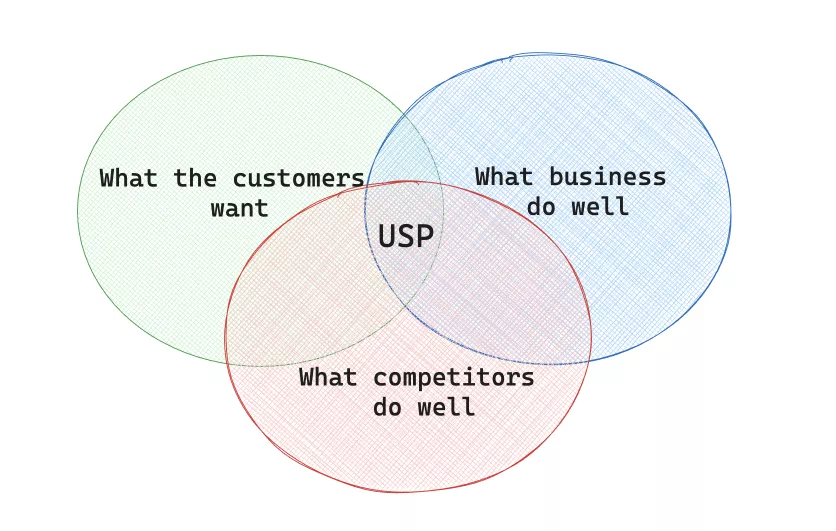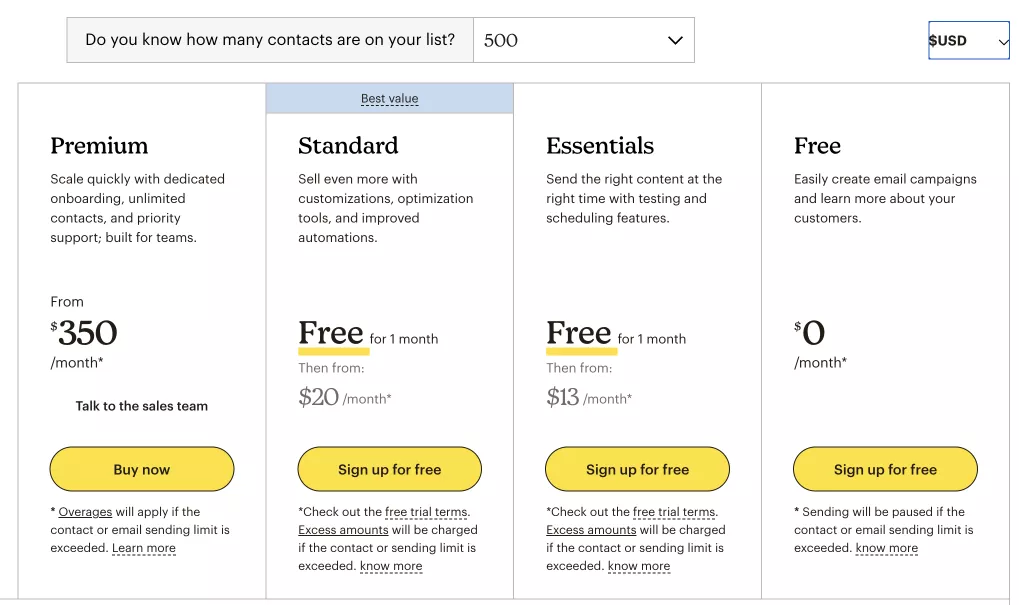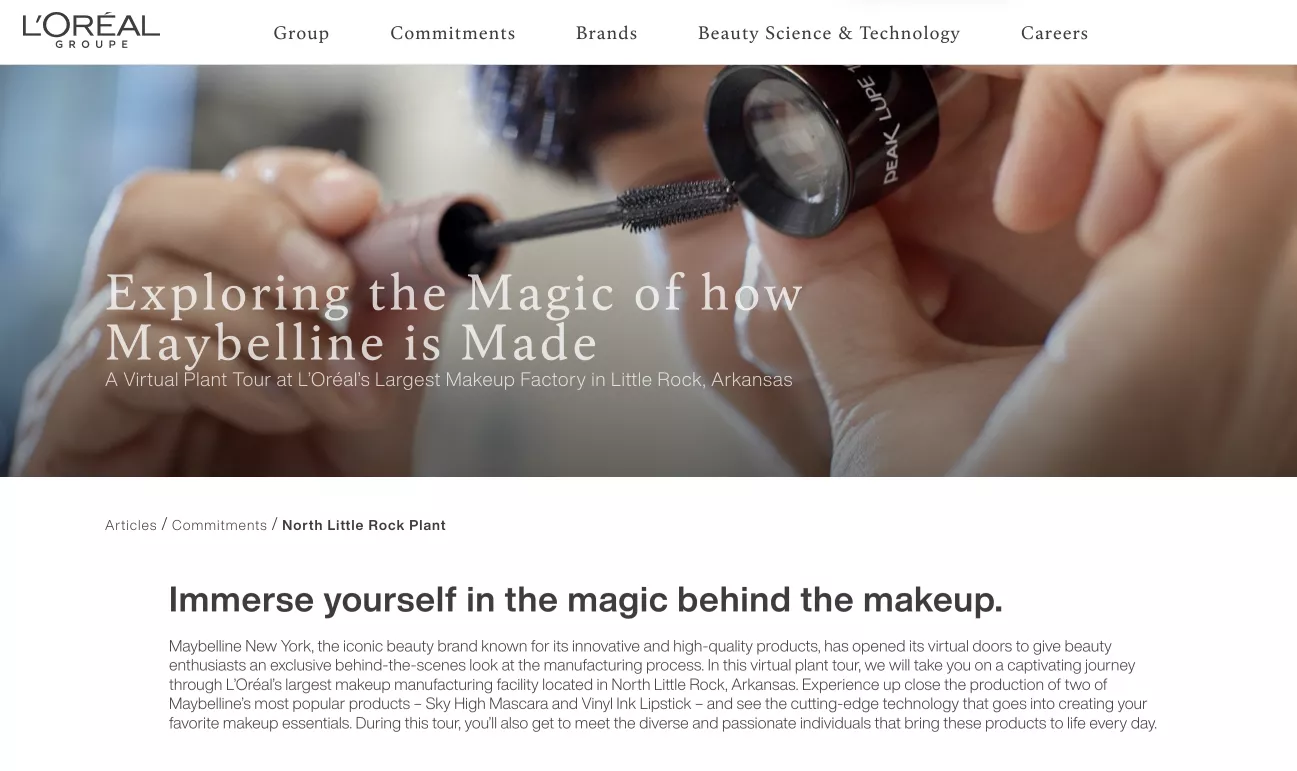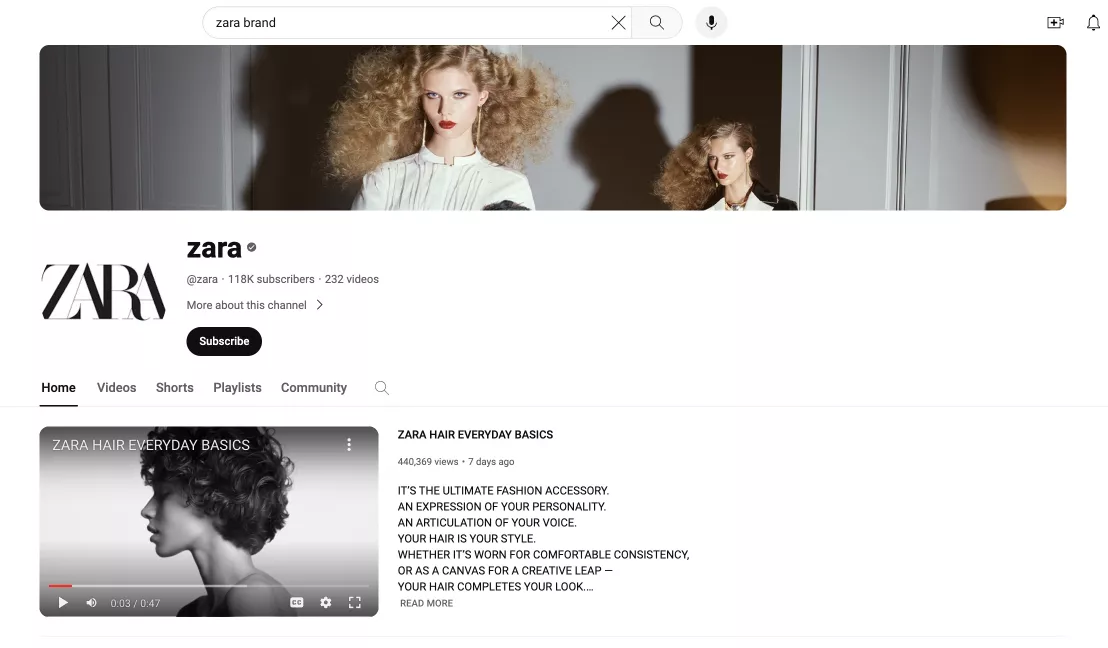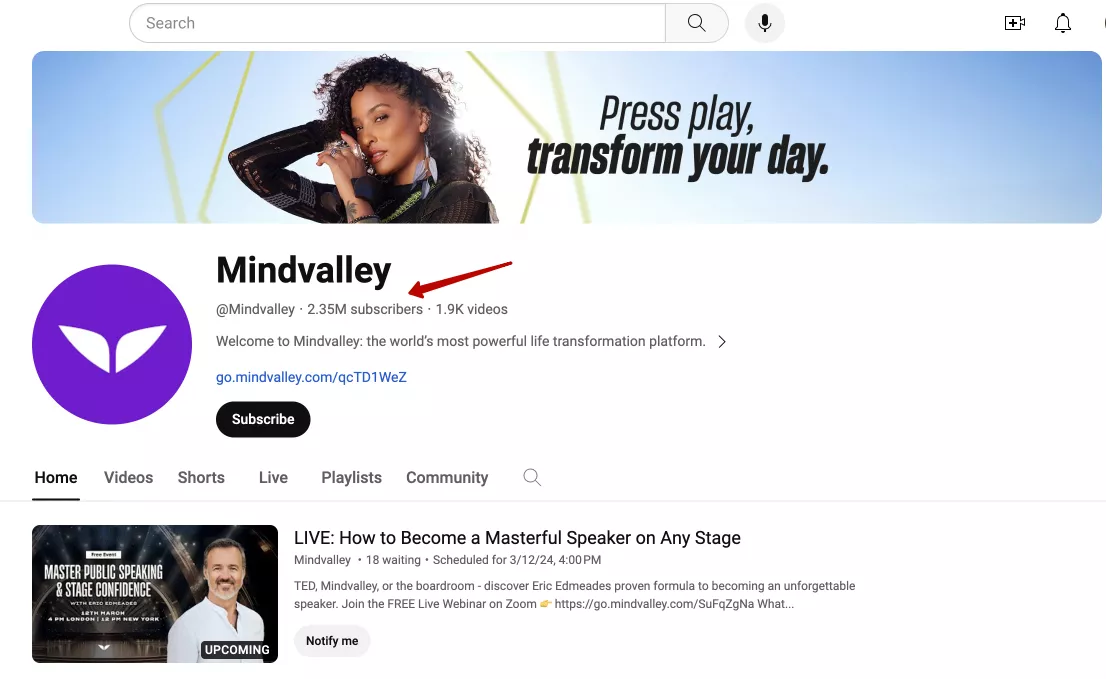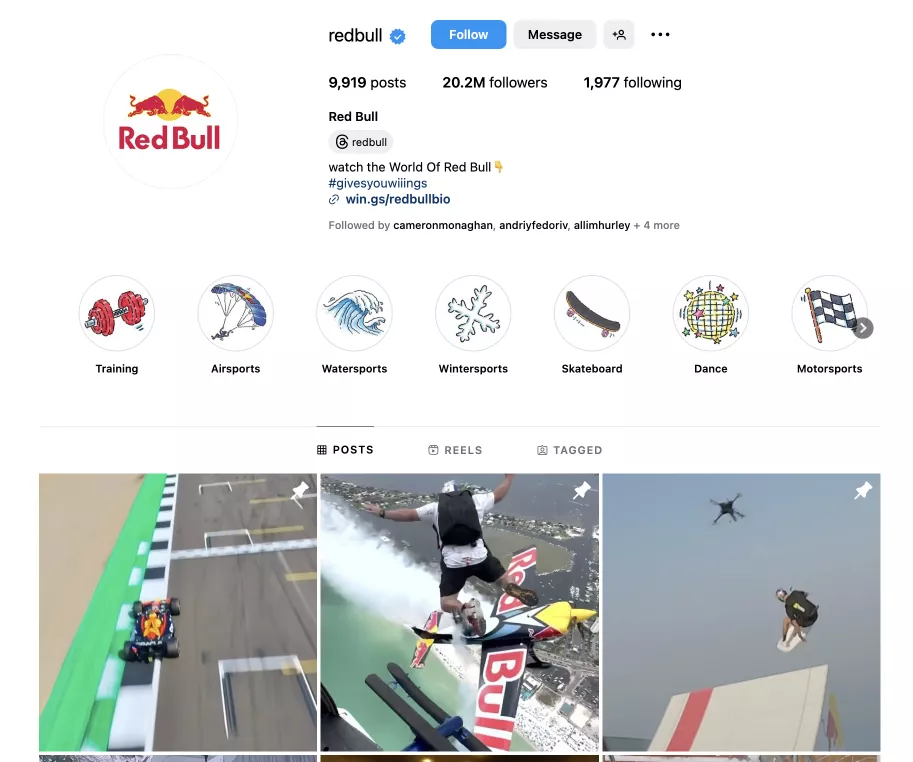What Is a Marketing Strategy, and How to Create One
The foundation of all marketing activities is strategy. It covers many aspects, from identifying potential customers to choosing the channels through which to reach them. In this article, I will explain what a marketing strategy is and how to create one.
What is a marketing strategy?
A marketing strategy is a comprehensive plan for achieving business goals by understanding customer needs and creating a clear competitive advantage. It includes:
- Goals
- Target audience characteristics
- Market, customer, and competitor research
- A unique selling proposition (USP)
- A pricing strategy
- Distribution channels
- Promotion strategies
- Success metrics, etc.
Why marketing strategy matters
According to Influence & Co, 65% of successful marketers start advertising campaigns with a written strategy. A marketing strategy has several benefits:
- Align marketing goals with key business objectives.
- Identify and segment the target market to tailor advertising messages to customer needs.
- Prioritize tasks and allocate resources efficiently.
Who needs a marketing strategy?
- Businesses and corporations. Identify target audiences, differentiate offerings, and effectively position products.
- Startups. A marketing strategy will help create a brand, attract customers, gain market traction, and provide a roadmap for growth.
- Nonprofit organizations. It will build community awareness and attract donors. By understanding their audience and creating compelling messages, nonprofits can attract supporters, mobilize resources, and contribute to positive social change.
- Freelancers. A marketing strategy helps freelancers promote their skills and build their personal brand. By identifying the target market, developing a personal brand, and implementing strategic marketing tactics, freelancers can attract more clients.
The difference between a marketing strategy and a marketing plan
A marketing strategy outlines the general direction for achieving the company’s marketing goals. It usually covers a long period of time, often several years. It lays the foundation for all marketing activities and remains relatively stable over time.
A marketing plan is different. It is a detailed roadmap that defines specific actions and tactics to implement a marketing strategy. It describes practical steps, timeframes, budgets, and performance indicators. It covers a shorter time period of a year or less.
How to create a marketing strategy: a step-by-step guide
Step 1: Set goals
Setting goals is a key part of creating a marketing strategy. Here are some examples of goals:
- Increase brand awareness
- Attracting potential customers
- Increasing sales
- Improving customer retention
The most important thing is to use the SMART methodology. This will create goals that are specific, measurable, achievable, relevant, and time-bound.
- Align marketing objectives with business goals. Consider how marketing will contribute to revenue growth, market expansion, product launches, etc.
- Determine which goals are critical to short- and long-term success.
- Set specific benchmarks. For example, instead of “increase website traffic,” set a goal to “increase website traffic by 20% in the next six months”.
- Set realistic deadlines for achieving your goals. Break big goals down into realistic steps. Consider the time, resources, and effort required to accomplish each step.
Often, companies cannot identify relevant goals on their own. In this case, it is better to hire consultants with business improvement experience.
Case study: Shur Shur, a manufacturer of fashion stockings, was developing a marketing strategy to enter the European markets.
The Shur Shur team turned to Netpeak for help. After a strategic session, it became clear that the brand’s primary goals needed to be changed to focus on building the right brand perception.
What our specialists did:
- We conducted extensive target audience research in three key markets: Germany, the Netherlands, and the UK. In total, we interviewed more than 300 potential buyers, comprising both men and women.
- We identified the audience’s expectations regarding the brand’s role in their lives, potential use cases, and desired price points.
- We created a comprehensive media strategy for the brand based on the See-Think-Do-Care methodology. It includes a combination of promotional tools and budget allocation in the following proportions: Image Campaign (75%) – Performance (20%) – Brand Care (5%).
- For each selected market, we created a database of local influencers who could promote Shur Shur.
- As a result of our strategy, the company launched the Triskellion Triple A sub-brand, which expands the audience of Shur Shur consumers to a more affordable price point. The product has already found its first customers and received positive feedback.
Step 2: Define the target audience
Describe the target audience’s demographic and psychographic characteristics, behaviors, needs, and preferences. Develop customer profiles that represent different customer segments.
Here is an example of such a profile for the well-known coffee chain Starbucks.
Demographic data
- Age: 18-24 years old.
- Gender: Female.
- Education level: High school diploma.
- Marital status: Married.
- Location: City.
Goals and Motivation
- She likes to drink coffee in the morning before going to work.
- She meets friends for coffee in her spare time.
Pain Points
- Due to a busy work schedule, this type of customer doesn’t want to wait in line for coffee. She appreciates the ability to order ahead.
- She also wants services to be convenient, efficient, and easy to fit into her daily routine.
Step 3: Conduct market research
Thoroughly research the market to gain insight into industry trends, market dynamics, customer needs, and the competitive environment. Analyze market size, growth potential, customer demographics, buying patterns, and emerging opportunities and threats.
Market research is based on:
- Primary information gathered from consumers through field research – surveys, observations, etc;
- Secondary information was gathered through desk research.
Read more about it in this article: All About Market Research and Why Everyone Needs It
Step 4: Create a unique selling proposition (USP)
Identify what makes the brand different from the competition, and this will be its USP. Emphasize the benefits that are unique to your products.
The Tezarus service gave examples of the USPs of well-known companies.
- Amazon. The brand's USP is the largest online store in the world. The brand offers the best conditions for customers and strives to be the best in the industry.
- Domino’s Pizza. The brand's USP is 30-minute delivery or free pizza. The company emphasizes its speed, reliability, and quality assurance.
Step 5: Create a pricing strategy
There are three main approaches to creating a pricing strategy.
- Based on competitive analysis. The relevant price range for the product category is determined based on competitor prices.
- Based on the cost of goods sold. The company starts with the cost of production and adds a certain margin.
- Based on the value of the product to the consumer. This is when a product costs more because of additional benefits. For example, buyers of premium cars pay extra to join a certain lifestyle and status.
Develop different pricing options for different categories of consumers.
For example, Mailchimp, an email marketing software company, added different subscription price tiers to its website to meet the needs of different customer segments.
Step 6: Choose your distribution channels
At this stage, you need to determine how the products will reach the end user. There are three main distribution channels.
- Direct. This channel is used, for example, by insurance companies that sell policies without intermediaries.
- Through dealers. Cars are usually sold through dealers.
- Through retailers or networks. Pharmaceuticals are sold through a chain of pharmacies, milk through a chain of supermarkets, etc.
The choice of channels depends on the type of goods and the production specifics.
Step 7: Choice of channels and promotional tools
There are various promotional channels:
- Digital – website, social media, targeted advertising, email or search engine marketing, etc.
- Traditional – trade shows, print media, television, radio, etc.
Here are some possible marketing channels for a company specializing in innovative gadgets.
- Advertise with Google Ads, Facebook Ads, and Instagram Ads. Target specific demographics, interests, and behaviors to drive targeted traffic to your website and increase sales.
- For content marketing, use topic-based blog posts, articles, and videos to build audience awareness.
- SEO: Optimizing content for search engines will improve the company’s organic visibility and attract potential customers looking for information about the company’s products.
- Place interesting and visually appealing posts and product announcements on social media sites, like Facebook, Instagram, Twitter and LinkedIn. It will help you stay in touch with your audience.
- Email marketing campaigns will help attract prospects, promote new products, and encourage repeat purchases.
- Partner with tech enthusiasts, bloggers, and YouTubers. They have a significant number of subscribers in your target audience, so potential customers will trust their recommendations.
- Participate in industry trade shows and conferences. The company will be able to demonstrate its latest products. It is worth investing in a booth and promotional materials at such events.
One of the most popular promotional tools is content creation: advertising creative, blog articles, videos, infographics, case studies, white papers, webinars, etc.
According to a CMI study, content marketing generates three times as many leads as traditional outbound marketing but costs 62% less.
An example of a featured article on the L’Oreal blog
An example of a video on Zara’s YouTube channel
The content should be relevant to the brand image. To ensure this, marketers should develop a tone of voice that determines the nature and emotional color of the promoted content.
Step 8: Define metrics of success
Identify key performance indicators (KPIs) that you can use to measure the effectiveness of your marketing efforts. These can include:
- Website traffic
- Lead generation
- Conversion rate
- Cost of Acquisition (CAC)
- Customer Lifetime Value (LTV)
- Return on Investment (ROI)
- Return on Marketing Investment (ROMI), etc.
Regularly evaluate the success of your marketing strategy against predefined KPIs and metrics. Then, assess their impact on key business results such as revenue growth, market share, customer satisfaction, etc.
The results and conclusions will help you improve your marketing strategy.
Examples of successful marketing strategies
Let me tell you about the advertising decisions that popular brands have made based on well-crafted marketing strategies.
Example 1: Spotify streaming service
The brand’s marketing strategy focuses on creating a great user experience. Spotify offers customers personalized features and encourages interaction.
For instance, it offers a daily playlist of songs the user has recently listened to, a "year in review" playlist, and an intuitive search feature that displays the listener’s favorite genres above music categories;
Spotify also allows users to share their own playlists and follow their friends’ playlists.
Example 2: Mindvalley, a personal growth platform
The company’s marketing strategy focuses on building a community around the brand. To achieve this, they rely on content marketing to create engaging educational content on self-improvement and personal transformation.
The brand publishes content on its website and on social media platforms such as YouTube, where it has 2.3 million subscribers.
Example 3: Red Bull, an energy drink brand
The company’s marketing strategy focuses on the experiences customers want to have. It often sponsors extreme sports events and uses athletes as brand ambassadors.
Tips and best practices
Here are some tips and best practices to help you develop an effective marketing strategy.
- Research the market to gain insight into the industry, trends, competition, and customer needs. Use a combination of qualitative and quantitative research techniques.
- Determine what differentiates the brand from the competition and emphasize these unique advantages as the USP in the marketing strategy.
- Place customers at the center of the strategy. Focus on solving their problems and meeting their needs.
- Consider where your audience spends their time. Then, choose promotional channels that allow you to interact with them effectively.
- Respond to changes in the marketplace and consumer behavior. Gather feedback and adjust your marketing strategy to remain effective.
Conclusions
- A marketing strategy is an essential tool for any business, regardless of size or type of activity.
- This strategy includes setting goals, analyzing the market, selecting the target audience, developing a unique selling proposition, and choosing channels for promotion.
- It is important to distinguish between a marketing strategy and a marketing plan. The former defines the general direction for several years, while the latter defines specific actions and tactics for a short period of time.
- A marketing strategy is based on four key areas: product development, pricing strategy, distribution channels, and promotion channels.
- For the marketing strategy to be successful, it is important to correctly identify and track key performance indicators.
Related Articles
What Is a Top-Level Domain?
You will receive a cheat sheet that will help you choose the right domain name and avoid making insidious mistakes. You will also learn where to buy valuable and well-known TLDs
Google Play ASO: Ultimate Guide on App Store Optimization for Android in 2024
RadASO presents the main methods of app promotion on Google Play and useful lifehacks to choose the best ASO strategy for an Android app.
How to Increase Organic Traffic by 27% in Six Months in a Competitive Women’s Clothing Niche: The Lace Case Study
What does it take to launch an email channel, which emails were most effective, and what results were achieved in four months of work?

